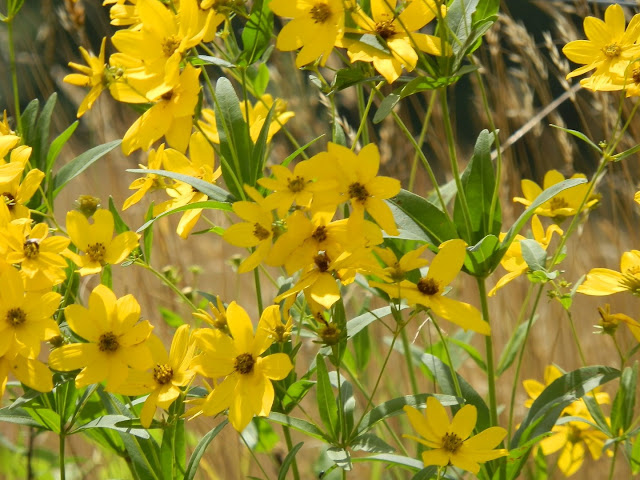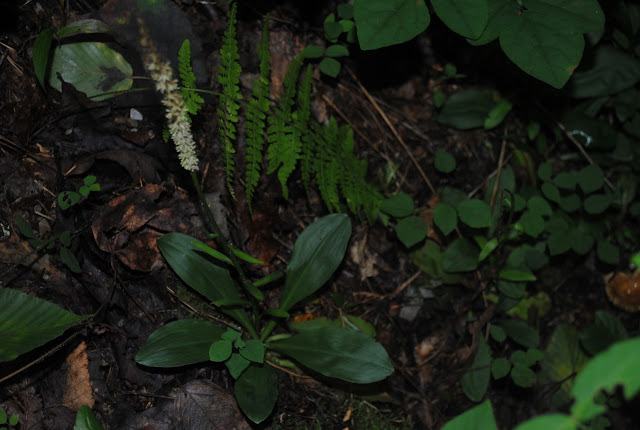I went back to work this week. I am a school administrator and return to work a month before teachers, so immediately, I will be out of town for several days of conferences and training's. I hope to visit Volcano, WV, a defunct oil drilling town that is now a state park with plenty of wildflowers I hope.
I needed to get caught up here before I leave, I have been busy roaming this week and taking pictures of everything I find. I tried a different point and shoot camera that I kept in my vehicle. It is an Olympus that has a super macro setting, but I am unimpressed. Native flowers are shown first below and then the aliens. I have seen non-native flowers called everything; introduced, invasive, alien, trash, pests and etc. Many are very interesting, some have redeeming value, most have been here for a long time and will always be here.
Notice the yellow cloud of pollen floating around this cattail after I flicked it and snapped the picture.
I had just noticed the Ginseng has started fruiting and remembered that I had took a picture of it just as it the tiny blooms started to open, but was waiting to the bloom was fuller before posting. But it was a sparse bloom all along. This is an enormously popular plant in West Virginia, I am linking to the
forest services webpage with harvesting rules.
Sourwood is very popular for the honeys produced from its flowers, there is plenty around my home but my bees don't seem to care much about it.
 |
| #206- Queen Anne's Lace (non-native) |
 |
| Queen Anne's Lace (non-native) notice purple sterile flower i n middle |
 |
| #207- Motherwort (non-native) |
 |
| Motherwort (non-native) |
 |
| #208- Bird's-foot Trefoil (non-native) |
 |
| #210 Purple Loosetrife (non-native) |
 |
#211- Common Mullen (non-native)
|
Jimsonweed is an introduced plant that is reported by some sources to have been in America since the 15th century. It may have been named after the Jamestown settlement. It is a great looking plant but every part is very poisonous, even to the point of touching it can cause serious problems.









































































